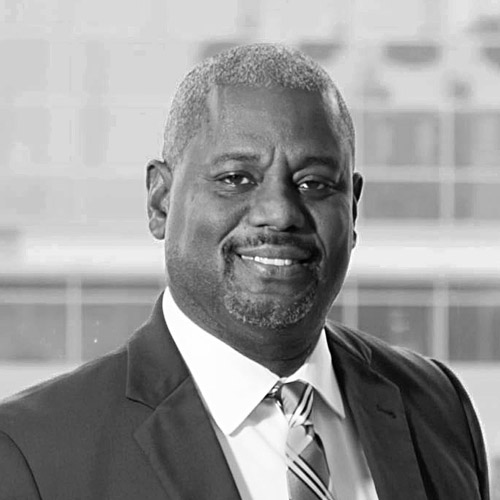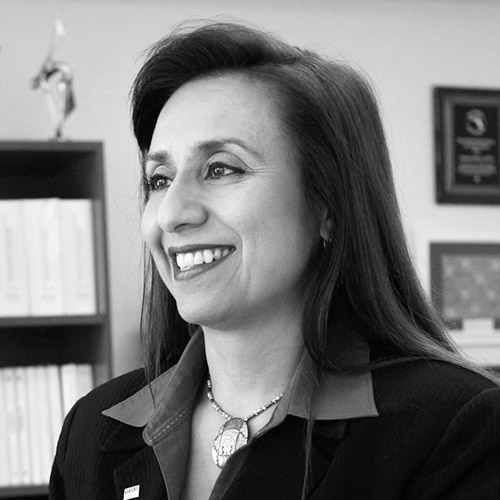Recognized for its commitment to excellence in patient care, Yale New Haven Health System—composed of three hospitals and a physician foundation—is the largest health organization in the state of Connecticut with more than 20,000 employees and 6,300 physicians.
Central to its ranking among the United States’ top healthcare systems is its belief in partnering with other organizations to grow and move ahead. Earlier this year, Yale New Haven partnered with Strata Decision Technology to improve clinical outcomes with a goal to sustain savings of $150 million.
Guiding the healthcare system with integration to prepare for the future is Gayle Capozzalo, executive VP of strategy and system development for Yale New Haven. She recently took some time from her busy schedule to talk with AHL about this increasingly essential topic.
Considering the instability of the healthcare market today, what are the top priorities you must consider when developing and executing a partnership with another organization?
Gayle Capozzalo: Given the industry, our top priority is always patient-centric care, making sure we provide unparalleled value to our patients, community, and customers at large. That’s what we focus on. It means we have to hire safety, quality, and patient services, and we really work on reducing the total cost of care because without that, you can’t get value.
How would you characterize the importance of partnerships to Yale?
Capozzalo: We think partnerships are really important to us on multiple scales. Two important ones are: it helps us create scale, and that helps us reduce costs; and the other is being responsible and collaborative in ensuring we consider the patient as a person in one standard of care, across the total standard of care—so, ambulatory care, physician care, acute inpatient care, outpatient care, post-acute care. The reason partnerships become important in that is, we don’t do a lot of those things today. It’s not our sweet spot. So, partnering allows us to create scale in geography and scale in reducing costs, but it also allows us to take advantage of other’s expertise.
Plus, you don’t have to build and own everything.
Capozzalo: Yes—a third reason partnerships are important is it allows us to deploy and rationalize capital appropriately. Our brand is very important in our region, and our research shows 98 percent of the time, consumers take brand and recognition into consideration when making healthcare choices. That has a lot of value so we can leverage it.
In your opinion, what does it take to discover the right partners?
Capozzalo: The most important part of deciding who to partner with goes back to one of our values—partnerships to us equal relationships and trust. Who are the people? What do we know about the patients’ perspective of them? You need to do due diligence and understand the finances, operation, and legal pieces, but we also work on cultural fits and making sure they match and the values are the same.
What are some of the nuances of scaling and integration that are inherent to affiliating healthcare organizations?
Capozzalo: You can scale without integrating, but it’s very hard. If you decided to create a situation where you partner to do supply chain together, for instance, you don’t need to integrate a lot of cultures and people, but you get scale. Integration is super important if you’re really going to partner on a scale that is deeper than that. For example, New Haven Hospital, about three years ago, purchased the assets of a very large Catholic hospital eight blocks away, and we did not purchase it to be a separate freestanding hospital having the same parent corporation. We purchased the assets of the hospital to literally create one hospital, one culture, one medical staff, one provider member, and one administration.
The success of that partnership was 100 percent dependent on integration. It created enormous scale in the sense that we were able to document taking out more than $250 million worth of costs in three years. It couldn’t have been done without a year-long plan before we even started the process of integrating cultures. The nuances of doing that are huge, because you have to pay attention to the past of two individual organizations so they can go forward and become one.
What’s an example of this?
Capozzalo: Even though it was no longer Catholic, the sisters really wanted to keep the crucifixes up on the wall, to keep the history of their convent and founders alive, and even though we did huge amount of renovations and completely rebuilt things, we put the crucifixes back up, because it was a commitment to them.
What lessons have you learned from through the years from certain partnerships, whether those in which you’ve been involved or those you’ve simply observed?
Capozzalo: Three things that I have learned from putting partnerships together and working through them is, one, you have to pay attention to the values of the people and the culture. If those don’t match, nothing is going to work. The second is that you have to be really clear as to how success would be defined in three years. Third, to think through upfront the exit strategy. As much as you don’t want to, things change over time, and you never know what will change and it’s hard to do if you don’t have something worked out in advance.
How do you come to a fair compromise when two organizations have different ideas about something?
Capozzalo: I don’t like that word. To me, it’s a word that says that we both have to lose to come to something in the middle. I much prefer the word “collaboration.” When you come out of that, it’s a win-win. You may not get out everything you want, but we both feel what came out was something good and something that could be successful. AHL

